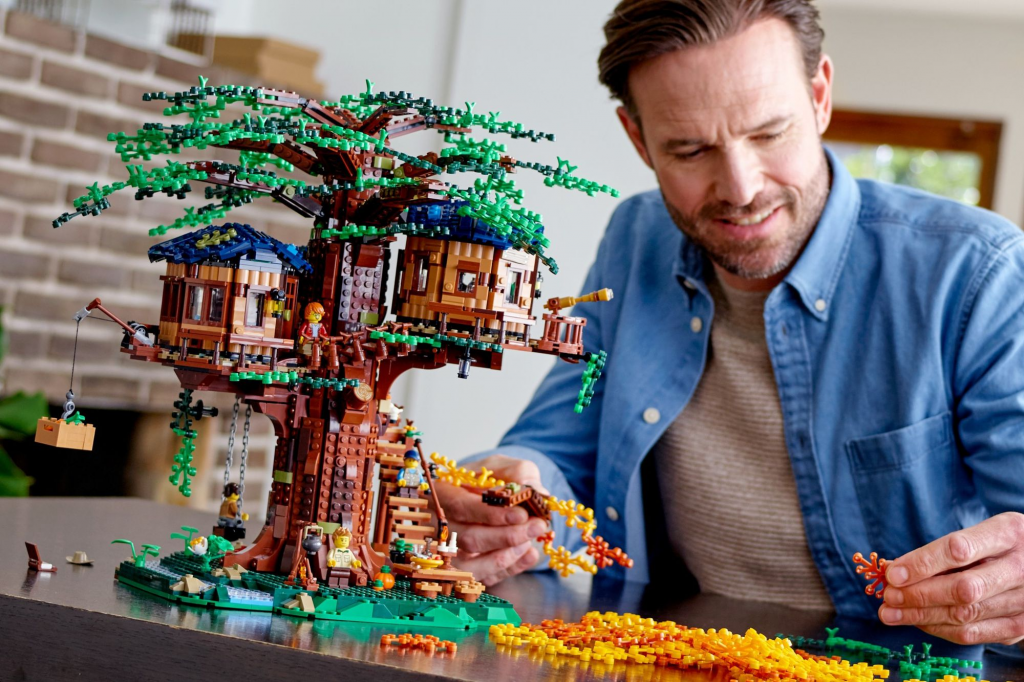
LEGO has captivated the hearts and minds of both children and adults for decades. This iconic toy brand has become synonymous with creativity, imagination, and endless possibilities. From its humble beginnings in a small Danish workshop to its global presence today, LEGO has shaped the way we play and learn. In this article, we will delve into the magic of LEGO, exploring its rich history, the benefits it offers, and the reasons why it continues to hold a special place in our lives.
Unraveling the Origins of LEGO
LEGO traces its roots back to the early 1930s, when Danish carpenter Ole Kirk Christiansen founded the company. The name “LEGO” is derived from the Danish words “leg godt,” which mean “play well.” Initially, LEGO produced wooden toys, but it was in 1949 that they introduced their first plastic interlocking bricks. This groundbreaking innovation laid the foundation for the LEGO we know and love today.
Building a World of Endless Possibilities
At its core, LEGO is about building and construction, but it is so much more than just a toy. It serves as a platform for creativity and imagination, allowing individuals to bring their ideas to life. The iconic LEGO bricks are designed to interlock in a way that offers endless possibilities for construction. Children and adults alike can build anything they can envision, whether it’s a towering skyscraper, a medieval castle, or a spaceship destined for outer space.
Benefits Beyond Fun and Games
While LEGO provides hours of entertainment, its benefits extend far beyond mere amusement. It plays a crucial role in child development, fostering various skills and abilities. Building with LEGO promotes fine motor skills, hand-eye coordination, and spatial awareness. As individuals engage in imaginative play, they also enhance their problem-solving skills, critical thinking, and creativity.
LEGO sets often come with instructions, encouraging children to follow step-by-step processes and develop their ability to focus and follow directions. On the other hand, free building with LEGO sparks innovation and divergent thinking, allowing individuals to explore their own ideas without limitations. This combination of structured and unstructured play provides a well-rounded learning experience.
The Educational Power of LEGO
Recognizing the educational potential of their product, LEGO has developed specialized sets and programs aimed at integrating LEGO into the classroom. Teachers worldwide have embraced LEGO Education as a powerful teaching tool. It enables students to learn various subjects, including science, technology, engineering, arts, and mathematics (STEAM), in a hands-on and engaging manner.
LEGO robotics sets, for instance, introduce students to the principles of engineering and programming, fostering their problem-solving and logical thinking skills. These educational sets promote teamwork and collaboration, encouraging students to work together to find solutions. By combining play and learning, LEGO Education empowers students to develop a passion for knowledge and acquire essential skills for the future.
LEGO in Pop Culture and Beyond
LEGO’s influence extends beyond the realm of toys and education. It has made its mark in popular culture, captivating audiences through movies, video games, and partnerships with renowned franchises. The LEGO Movie franchise, for example, has garnered immense popularity, capturing the hearts of both children and adults with its humor, creativity, and positive messages.
LEGO sets featuring beloved characters from franchises such as Star Wars, Marvel, and Harry Potter have further solidified LEGO’s place in popular culture. These collaborations bridge the gap between different worlds, allowing fans to recreate their favorite scenes and immerse themselves in their favorite fictional universes.


